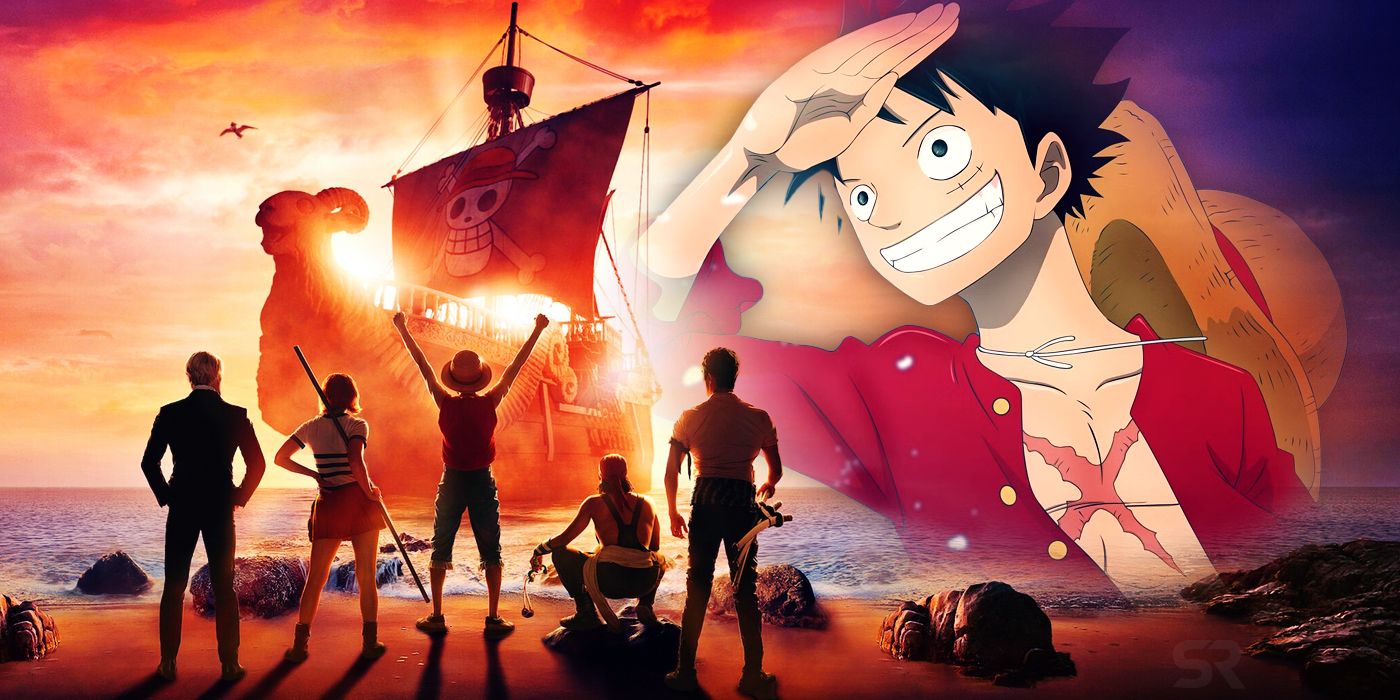
Eiichiro Oda, the manga’s author, who was determined to prevent any misinterpretations.
Oda’s impact wasn’t merely symbolic; he essentially held creative control over the series. Netflix didn’t proceed until Oda agreed to take charge of everything, from casting decisions to scriptwriting to final edits. In essence, Oda was fully committed or not at all. As he stated in a 2023 Japanese interview, “If I wasn’t going to be involved, it wasn’t worth doing.” His hands-on approach transformed the series into something that fans could readily identify. In the realm of anime adaptations, where source material is frequently distorted, Oda’s involvement set One Piece apart. It provided the show with a genuine chance at success, and succeed it did.
From Bebop Burnout to Pirate Hype
Rewrites, Reshoots, and One Very Involved Creator
When Netflix initially declared that they were producing a live-action adaptation of One Piece, the response was immediate and critical. Fans had been disappointed too often in the past with adaptations like Dragonball Evolution, Ghost in the Shell, and even Netflix’s own Cowboy Bebop. The immense and peculiar nature of One Piece only added to the perceived difficulty. However, despite the skepticism, Netflix persisted with Matt Owens and Steven Maeda as executive producers, aiming for a more daring and authentic production. A new cast was selected, with Iñaki Godoy playing Luffy, and Mackenyu, Emily Rudd, Jacob Romero, and Taz Skylar joining the Straw Hats crew. While expectations remained modest, curiosity began to build.
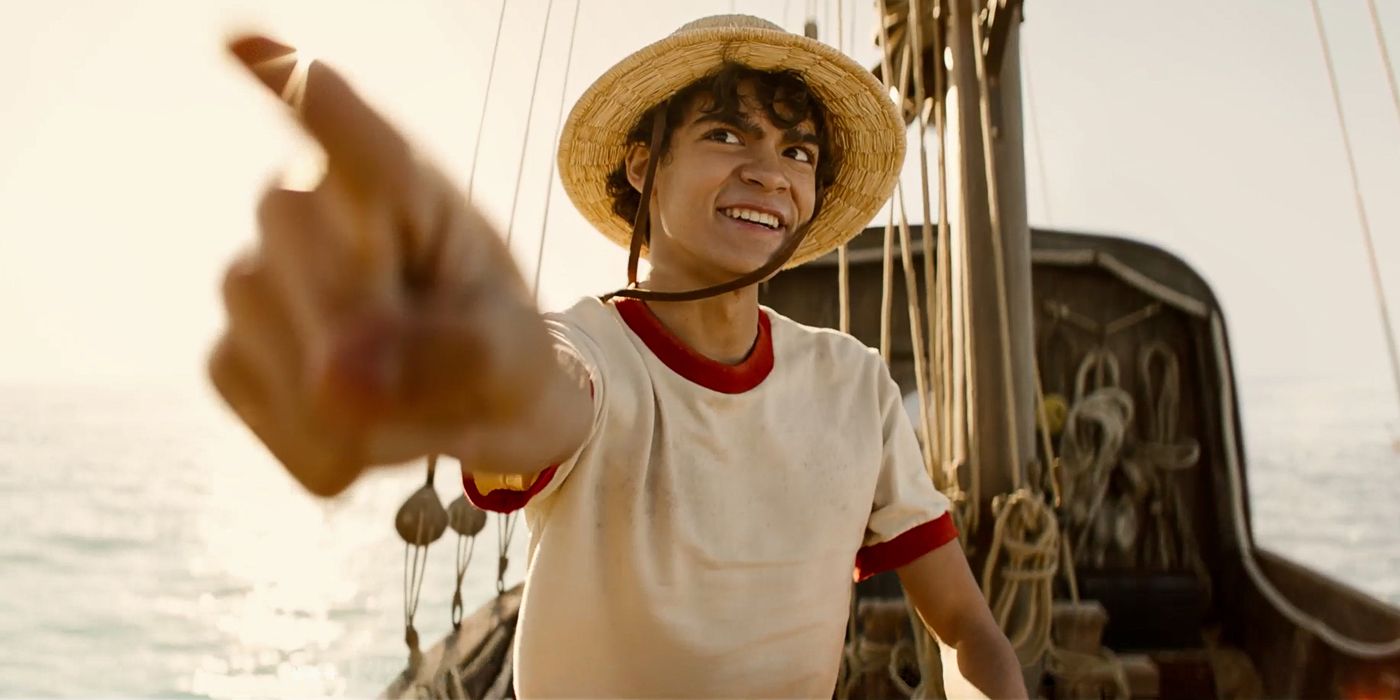
It wasn’t luck that changed things, but rather Oda himself who was deeply involved. From the beginning, he scrutinized scripts, requesting revisions whenever necessary. In fact, he went as far as advocating for reshoots. “I couldn’t let certain lines stand,” he admitted. This direct feedback presented challenges to the production team, but they heeded his advice. The end product was a version of One Piece that resonated in tone and essence, making it appear as if it wasn’t created from afar. Oda wasn’t merely safeguarding the brand; he was preserving the heart of the narrative.
The Straw Hat Scene That Wasn’t Good Enough
Why Oda Would Rather Scrap It Than Fake It
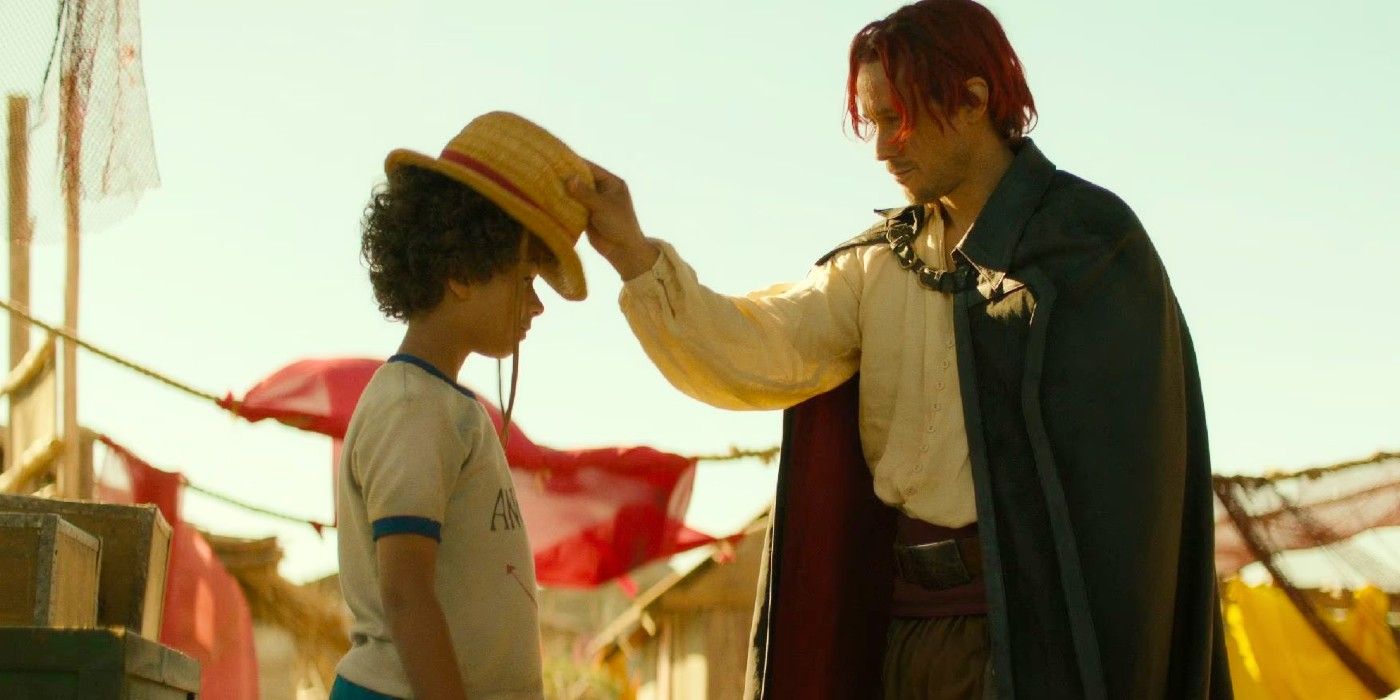
Among all moments that challenged the team, none surpassed the scene where Shanks handed Luffy his straw hat. This scene serves as the emotional foundation of the entire series, yet initially failed to evoke tears from its creator, Oda. Recognizing its importance, he requested a re-shoot. As a result, the scene was filmed multiple times until it conveyed what Oda envisioned – not just a hat transfer, but a pledge. Such dedication to emotional depth is uncommon in high-budget adaptations. This instance underscored the series’ objectives and the person guiding its course.
Echoing his thoughts, Oda articulated his stringent criteria: “I’d prefer it not to exist if viewers perceive it as a fake One Piece.” He was well-aware of the potential consequences. He understood the significance of fans investing in this series. And he recognized that any deviation from the appropriate tone could lead to its downfall entirely. Oda’s methodology wasn’t driven by sentimentality or dominance, but rather authenticity. In his own words, “If a piece doesn’t resonate with me, it won’t resonate with the audience.
The Netflix Team Actually Listened
The Numbers Tell the Story
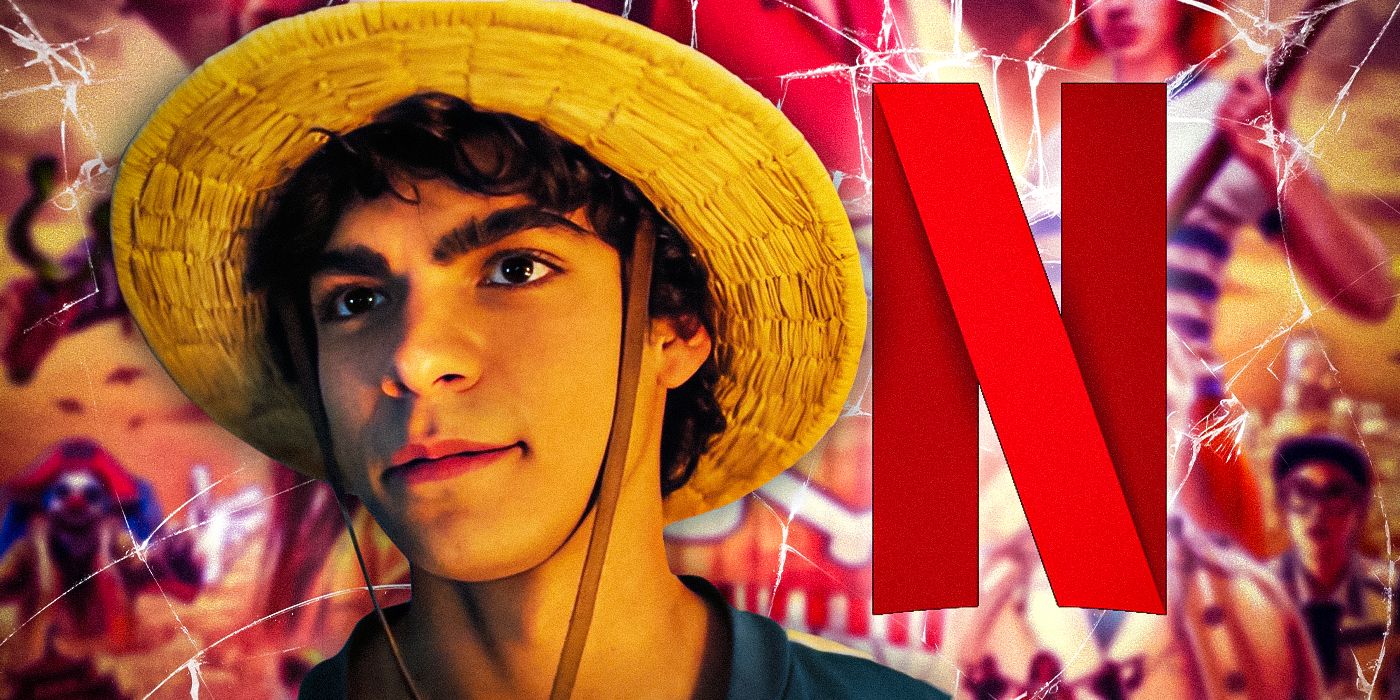
The production team didn’t stand in the way when changes were suggested by Oda, as reported by Japanese media. They valued his input and implemented it diligently. They understood the importance of staying true to the original manga. Showrunners Owens and Maeda collaborated closely with him, adapting scripts and performances to capture the emotional nuances found in the manga. Even comedic and tense scenes were restructured to align more closely with the source material. Essentially, it seemed authentic to One Piece, as Oda ensured that it was.
When the show ultimately landed on Netflix, the reaction was swift. People worldwide consumed the series at an astonishing pace. On Rotten Tomatoes, it boasted an 86% critical rating and a staggering 95% audience rating. Social media echoed with admiration. Long-time fans claimed it resonated with the beloved story, but merely reimagined. Novices dived into anime and manga for the first time. In essence, it wasn’t just a victory for One Piece; it was a triumph for anime adaptations across the board. After years of disillusionment, fans found something they could embrace wholeheartedly, and Oda’s influence was prominently displayed.
Bigger Arcs, Bigger Characters, Bigger Stakes
The Future of Live-Action Starts Here
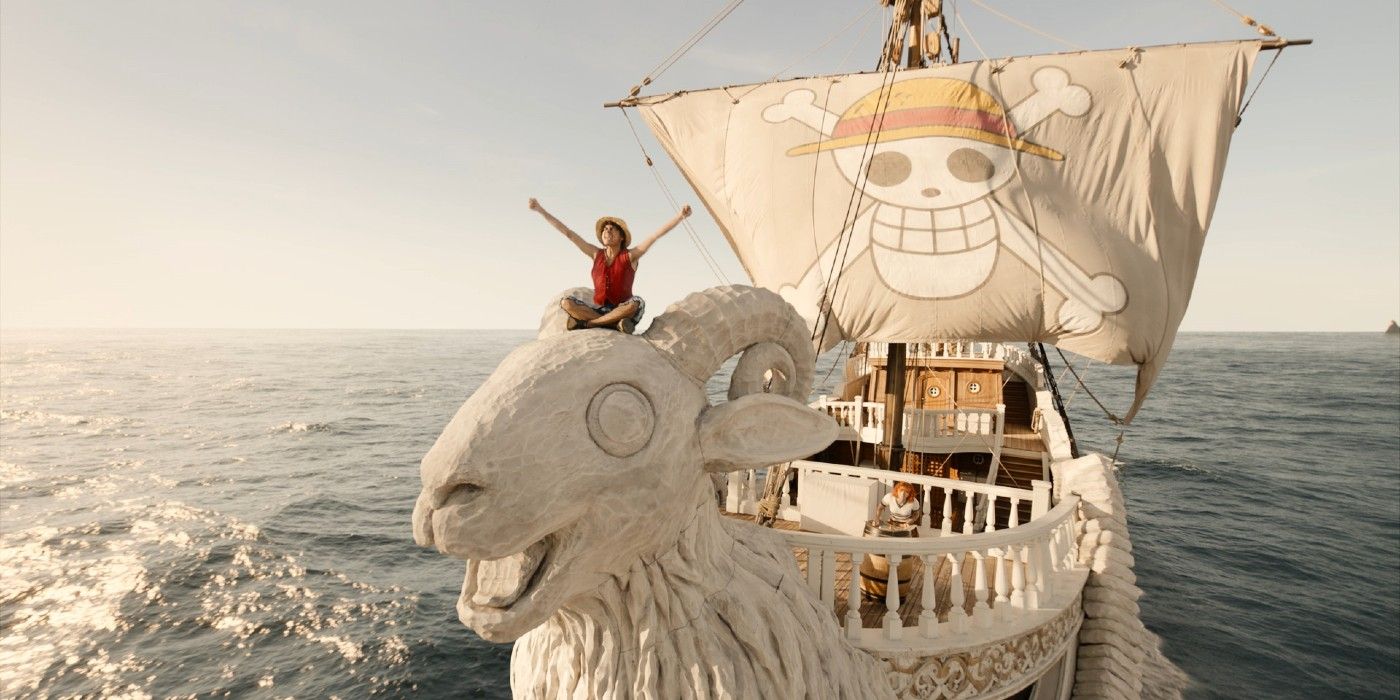
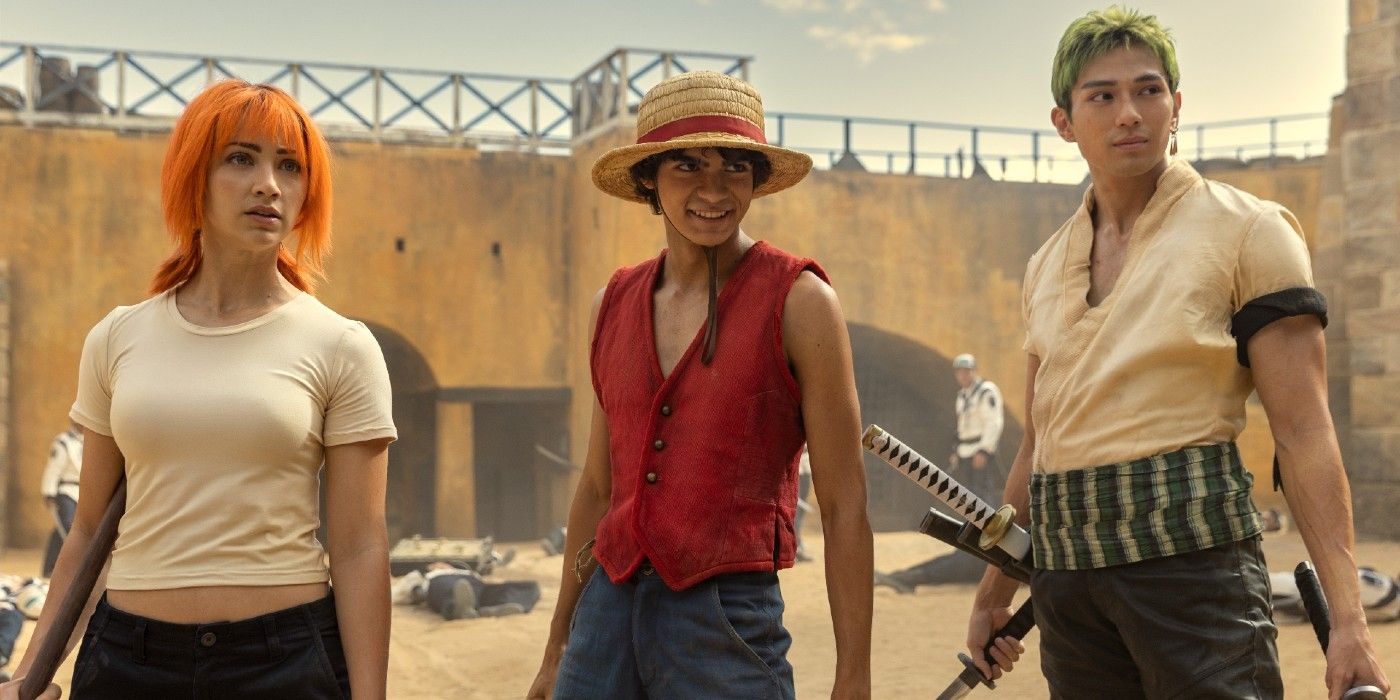
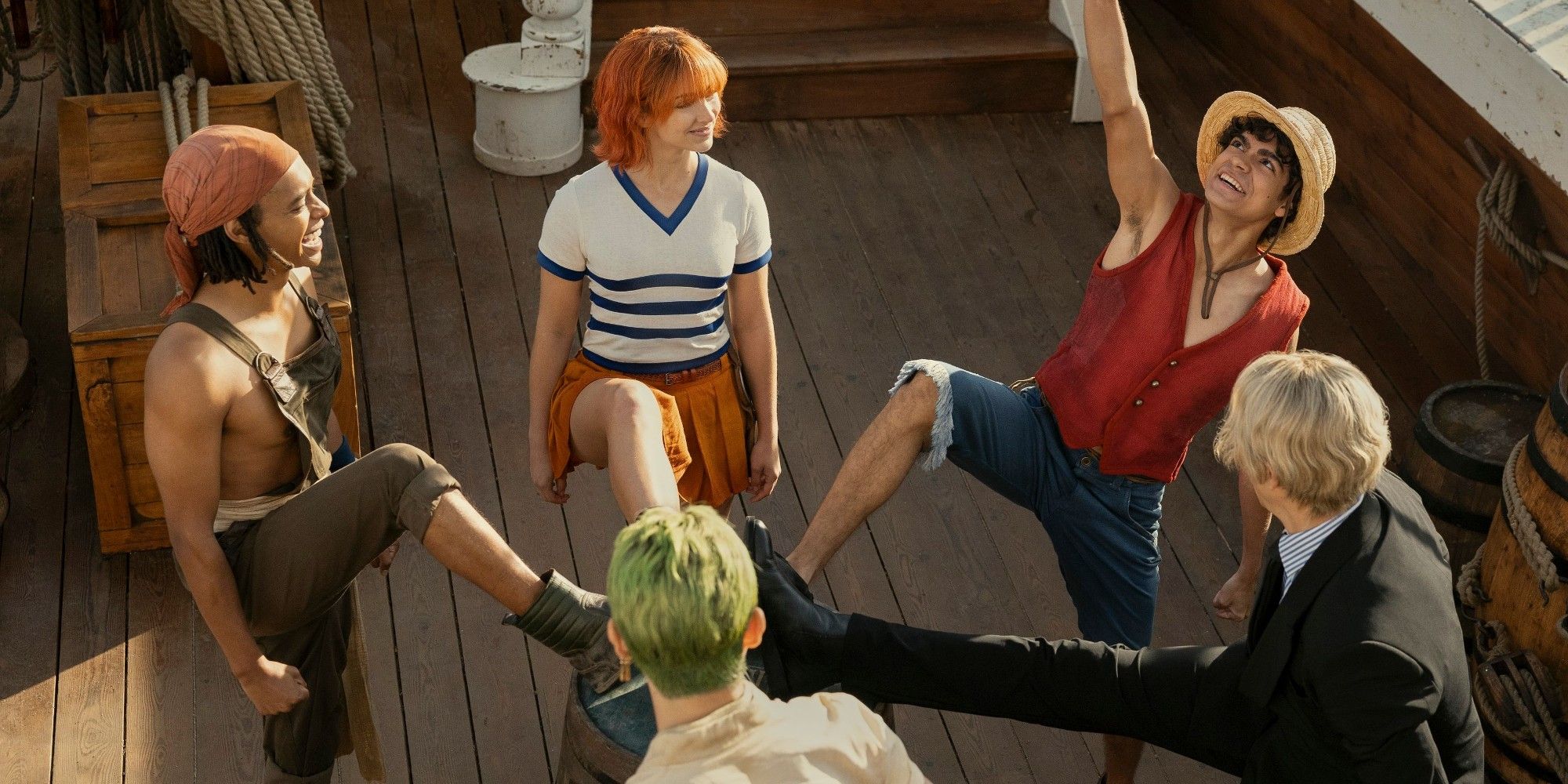

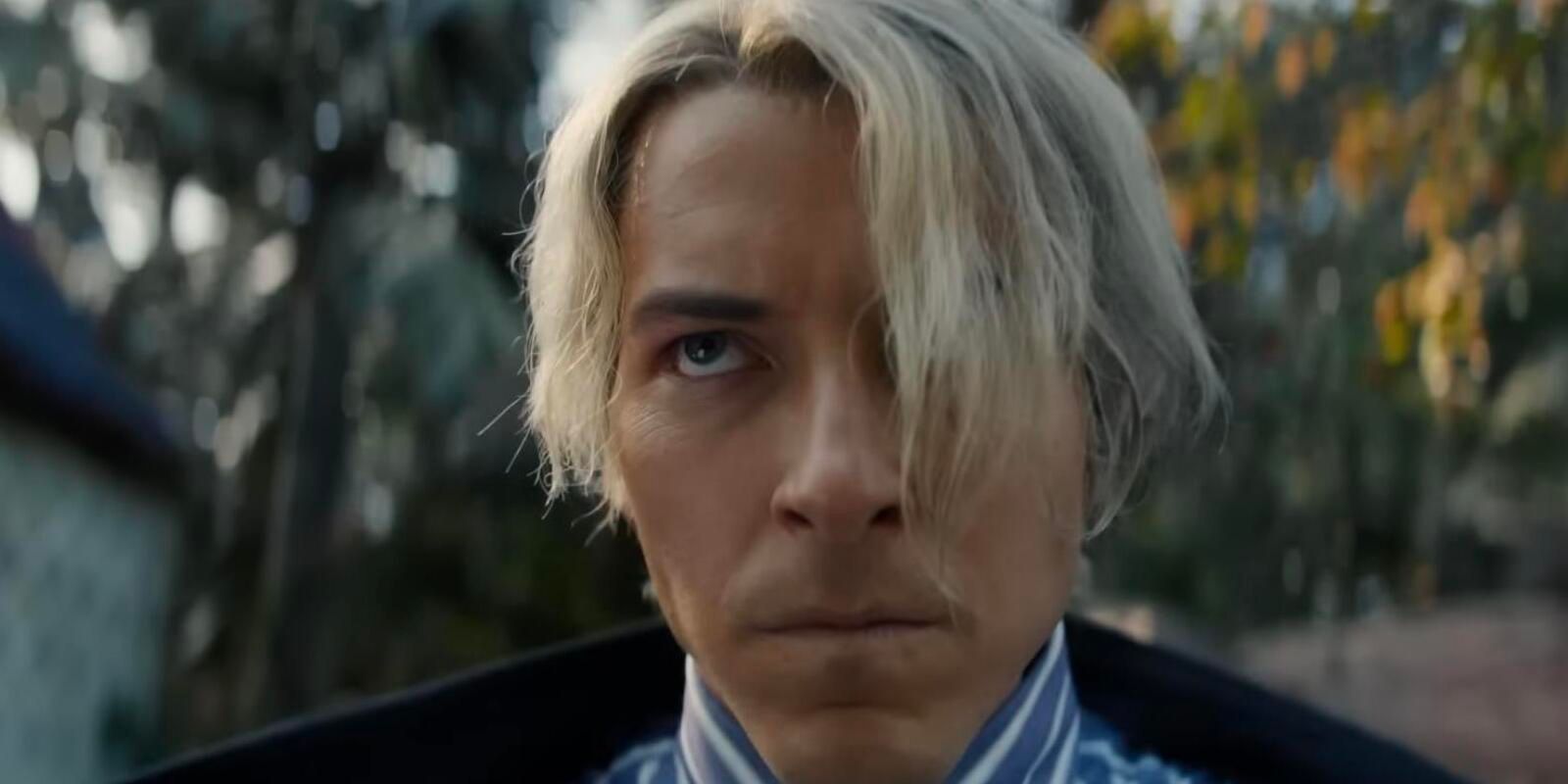
The second installment of Netflix’s “One Piece” is now in progress, with production completed and post-processing underway, scheduled to debut early in 2026. In this new chapter, we’ll delve deeper into the Grand Line and encounter fresh characters such as Chopper and the antagonist Crocodile. Some familiar figures are making a comeback, including Iñaki Godoy and the entire Straw Hat crew. Notably, Matt Owens has parted ways as showrunner, with Joe Tracz taking over, who boasts an impressive background. The anticipation is high to see how the series’ mood shifts under Tracz’s leadership after Owens’ departure.
If the next season of “One Piece” is successful in its execution, it could pave a permanent path on how Eastern anime gets adapted for Western audiences. Oda’s impact in manga and animation has already been significant, but now his influence extends to live-action as well. He demonstrates the importance of valuing creators and their vision. By showcasing that global viewers are ready for anime narratives when told authentically, “One Piece” sets a powerful example. As more series follow suit, the message is evident: gather a competent team, prioritize the original creator’s voice, and maintain sincerity throughout the adaptation process.
Read More
- Brawl Stars December 2025 Brawl Talk: Two New Brawlers, Buffie, Vault, New Skins, Game Modes, and more
- Clash Royale Best Boss Bandit Champion decks
- Best Hero Card Decks in Clash Royale
- Call of Duty Mobile: DMZ Recon Guide: Overview, How to Play, Progression, and more
- Clash Royale December 2025: Events, Challenges, Tournaments, and Rewards
- Best Arena 9 Decks in Clast Royale
- Clash Royale Best Arena 14 Decks
- Clash Royale Witch Evolution best decks guide
- Brawl Stars December 2025 Brawl Talk: Two New Brawlers, Buffie, Vault, New Skins, Game Modes, and more
- Decoding Judicial Reasoning: A New Dataset for Studying Legal Formalism
2025-06-06 23:29